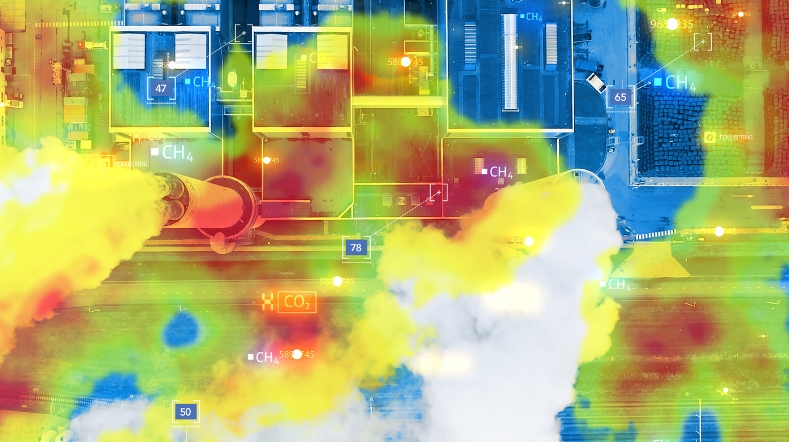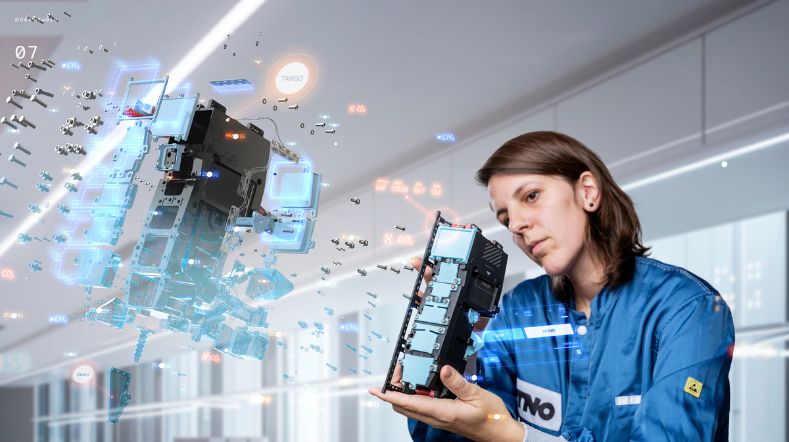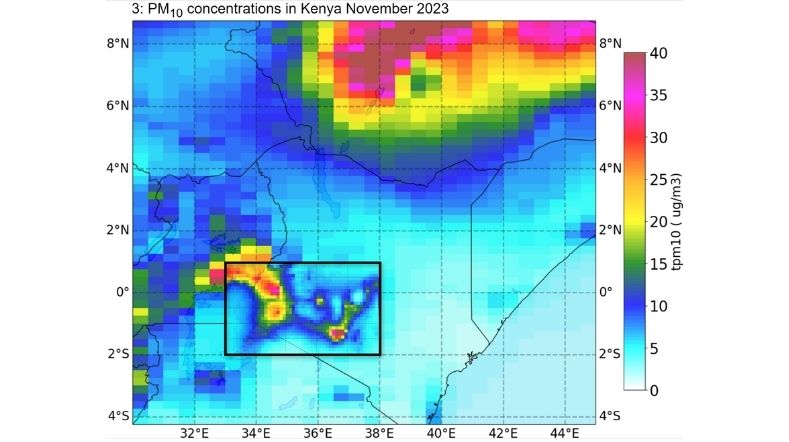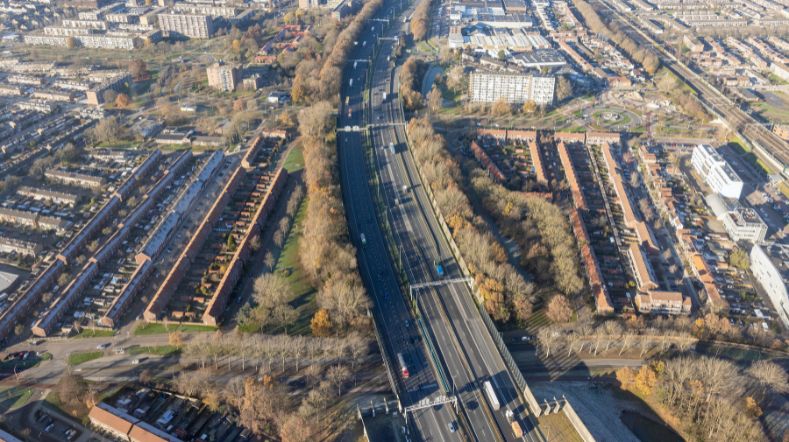
What is nitrogen and can we control it?
More nitrogen emissions damage nature. This is why construction and infrastructure projects, for example, will not be granted a permit if they lead to additional emissions. Dutch nitrogen emissions per hectare are the highest in Europe. Several sources are responsible for these emissions. We can improve our knowledge of nitrogen by measuring more frequently and by using new techniques.
What exactly is nitrogen?
Nitrogen is an element that is found in abundance on earth. The air we breathe consists of nitrogen for a large fraction. This is nitrogen in its pure, non-reactive and harmless form (N2). A small part of the nitrogen on earth (and in the air) is found in the form of reactive nitrogen. These are chemical compounds that contain nitrogen and are indispensable as nutrients for nature.
However, in excess, reactive nitrogen can have a harmful effect. The main reactive nitrogen compounds that humans emit into the atmosphere are ammonia (NH3) and nitrogen oxides (NOx). These emissions cause a deterioration of air quality before they settle.
When a substance settles from the air onto the ground, this is called deposition. Not everything that we emit is deposited in the same location. Nitrogen oxides (NOx), in particular, can travel over great distances blown by the wind and may settle hundreds of kilometres away. Ammonia (NH3) is deposited closer to its emission source than NOX.
Too much nitrogen causes problems for nature
The European Habitats Directive requires EU Member States to ensure that, as far as possible, any decline in the biodiversity of important plant and animal species in Natura 2000 areas is prevented.
Since the Dutch Council of State’s judgment in 2019, it has only been permitted to carry out economic activities if they do not harm or cause any further harm to Natura 2000 areas. However, damage due to nitrogen deposition is already so great in these areas that action is needed in the short term to restore nature and allow new economic activities to be pursued in the Netherlands. As a result, the country finds itself in gridlock and the government is looking for solutions to find a way out of this impasse.
Getting a grip on nitrogen
TNO agrees that the Netherlands needs to reduce its nitrogen emissions and advocates enforcing an absolute, gradually decreasing emissions budget per region. Ensuring effective control at the level of individual emission sources is important here, which will require an expanded package of control instruments, such as innovation, monitoring, and certification.
To allow steps to be taken as quickly as possible, we are proposing solutions based on a differentiated approach: for the short and medium term, as well as for locations close to and further away from Natura 2000 areas. Emissions of ammonia and nitrogen oxides are not entirely interchangeable. To make the overall approach less legally vulnerable, we are therefore advocating separate emissions budgets for these substances. Download and read the vision paper below.
Curious about our views on nitrogen issues?
Download our whitepaper: 'Een weg uit de stikstokproblematiek, visie van TNO' (Dutch)
Nitrogen emissions Netherlands
Dutch nitrogen emissions per hectare are the highest in Europe. Several sectors are responsible for these emissions. Working out in detail which activities are responsible for which emissions and deposition is no easy task, however. The better this information can be made available, the more targeted the action that can be taken. We can improve our knowledge of nitrogen emissions, dispersal, and deposition by optimising the way models and measurements are combined.
TNO is developing new measurement methods that will allow the emissions from sectors such as agriculture and traffic and transport to be determined faster and more precisely:
- TNO is responsible for determining emission factors for traffic and transport. This data feeds into the Dutch emission registry and is used in the AERIUS calculator.
- TNO, in collaboration with RIVM, is developing new methods to assess the dry deposition of ammonia, nitrogen dioxide, and particles on the environment.
- The methane and ammonia measurement program - development of measurement methods for livestock emissions 2022-2025 - aims to develop techniques for mapping emissions from a farm through mobile measurements. Our partners in this program are Wageningen Livestock Research (WLR) and ILVO (Flanders).
- To provide perspective to agriculture and restore the environment, for instance, the province of Groningen has established the Advisory Committee Area-Oriented Approach (GGA) Nitrogen Liefstinghsbroek. In this pilot project, TNO is working on model development and presents the data through a dashboard.
TNO is working to develop air quality and emissions models that will make it possible to analyse the emission, dispersal, chemical conversion, and deposition of nitrogen compounds.
These models will provide an insight into the origin of nitrogen deposition and the effectiveness of any measures taken. The models will be compared with measured data and enhanced with further details on an ongoing basis.
Satellites can show us how NH3 and NO2 disperse over large areas. Using data from the Dutch TROPOMI satellite instrument, IASI (ESA), and CrIS (NASA), valuable daily measurements can be made over large areas where very few measurements are being carried out at present. TNO is developing new instruments and techniques for estimating emissions based on satellite data.

TROPOMI: measuring climate and air pollution
Get inspired
Tracking sources of greenhouse gases with satellites


This is our time: Eleonie van Schreven’s work on small satellites with a big impact


ATACH selects TNO model for climate-related health risks in Kenya


Vacuuming the highway to reduce environmental microplastics from tyres


Making air healthier along busy roads




